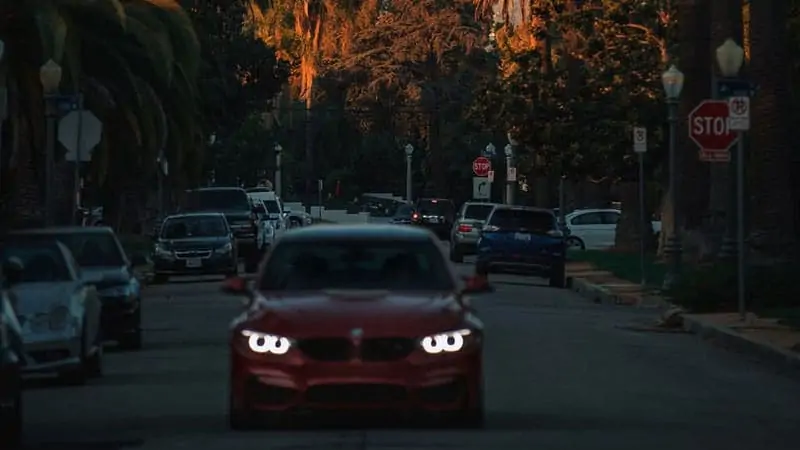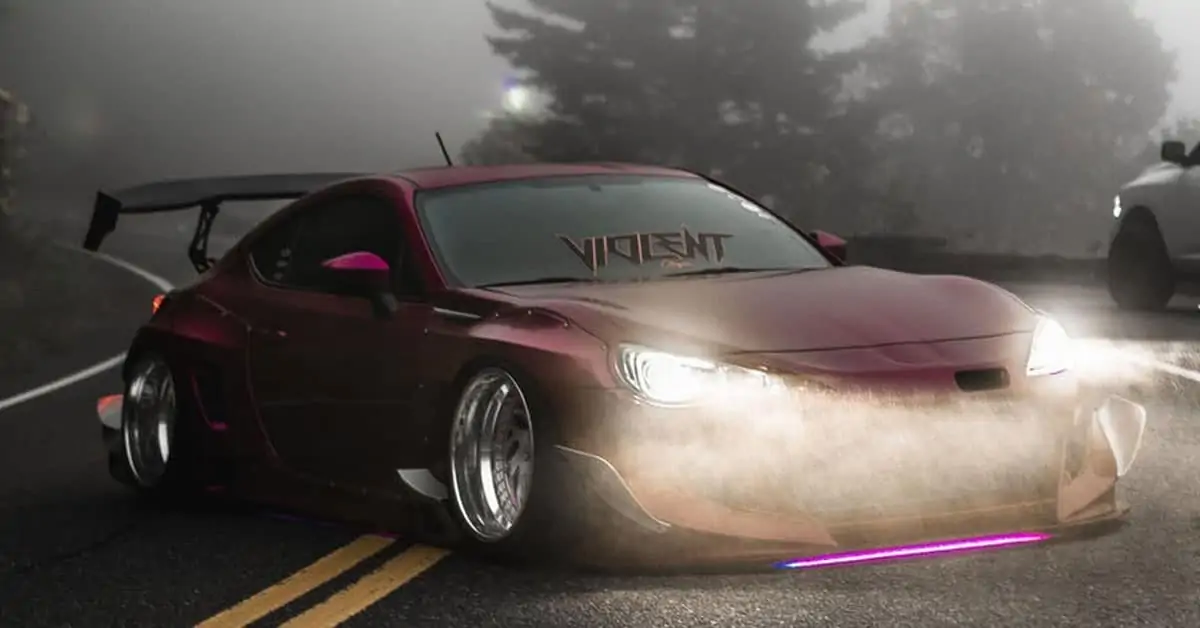Manual transmission cars are mostly designed to have five gears; one reverse gear and four forward gears. The forward gears include 1st gear, 2nd gear, third gear, and overdrive. The first gear, also called the low gear, is the one responsible for providing the strongest pulling power and the least speed when driving.
The best time to drive your car in first gear is when you’re starting from a stationary position. Apart from that, you can also consider using the low gear for towing, driving down a steep road, and climbing uphill.
Driving your car in low gear but at a high speed means that you’re running the engine at higher RPMs than normal. If you rarely do this, you’ll most likely not damage your car. However, it’s worth noting that driving frequently in low gear at a high speed could hurt your vehicle, wearing out the synchronizer and clutch.
What happens if you choose low gear at high speed? Is it possible to damage a car when driving at high speed in low gear? How long should you drive fast in low gear? These and more are the frequently asked questions that I’ll be addressing in the rest of this article.
What happens if you select low gear at high speed?

What is low gear?
Driving a car in low gear means that the vehicle is moving at a low speed relative to the speed of its engine. Shifting to low gear can help you generate the much-needed power to drive past difficult obstacles. This is why low gear is always recommended for driving your vehicle down a steep hill.
Shifting to a low when driving down a steep hill is essential for keeping the vehicle’s brake from overheating. Here’s the thing; when you choose a higher gear while moving down a steep hill, you’ll be overusing your brake pedal. The purpose of shifting to low gear, in this case, is to enable your engine braking system to eliminate the stress on the brakes.
Furthermore, low gear is also recommended for driving up steep hills. In this case, the gear will provide you with more pulling power to climb steep inclines without stressing the engine.
That’s not all; the low gear is also essential for driving on icy or slippery roads. That’s so because the gear will provide you with the least speed and extra torque, which is necessary to gain better control over your vehicle.
Here’s what will happen when you choose low gear at high speed
As you already know, the low gear is ideal for achieving low speed and strong pulling power. But what happens when you do otherwise and choose the gear at high speed?
Driving at a high speed means you’re running your vehicle in high gear, such as 4th or 5th gear. Here’s a simple illustration; let’s say you’re driving at a high speed in fourth gear and you decide to select the next low gear. This will increase the engine RPM and slow down the vehicle.
Another example is when you’re driving at high speed in 4th gear and decide to select the lowest first gear. In this case, your vehicle will also slow down but this time, it’ll be with a lot of force. However, if you fail to rev-match, you’ll upset the balance of your vehicle and also put extra stress on the vehicle’s engine. Above all, choosing low gear at a high speed will most likely make you lose control of the car when driving.
Does driving high speed on low gear damage the car?

As earlier mentioned, low gear is suitable for providing low speed when driving a manual transmission car. However, this doesn’t mean you can’t drive your car at high speeds in low gear.
Here’s the thing; driving your manual transmission car at a high speed in low gear will most likely not damage your car. Even if there’ll be any issues, it’s going to be an insignificant one. The bottom line is; as long as you don’t utilize the driving technique every time, nothing will happen to your car.
However, if “driving your car at high speeds in low gear” is what you’re considering doing all the time, there’s a very high chance that it’ll damage your vehicle.
Here’s a good example; let’s say you’re driving at fifth gear at high speed and you shift to second gear. This move will force your car to slow down. That’s not all; it’ll also upset the balance of your vehicle, making it scream as you shift to the 2nd gear from fifth.
Driving your car in low gear at high speeds is more of running the engine at higher RPMs than normal. If the RPM ends up exceeding the engine’s redline, this could introduce several different issues to your car over time. Yes, frequently downshifting to low gear when accelerating could wear out your vehicle’s synchronizer and clutch.
How long can you drive fast in low gear?
In case you don’t know, low gear is a setting that allows you to restrict the amount of fuel that’s going inside your car engine. As such, it’s ideal for achieving low speed and better torque.
Before selecting low gear when driving, it’s worth noting that trying to drive your vehicle above a certain speed range could end up hurting your car. To avoid that, the best thing you can do is to understand the speed limit of your car’s low gear.
You can always find the speed limits for low and high gears in the owner’s manual. Generally, however, the speed limit for the lowest gear (first gear) is 0 – 15mph. For second gear, the best you can do to avoid hurting your car is to drive at 25mph (max).

